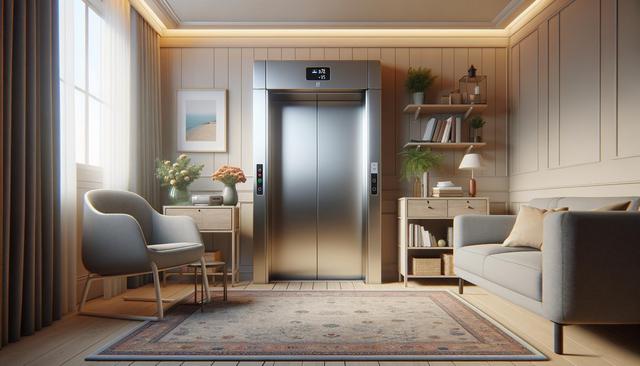Improving Mobility and Independence
One of the main reasons seniors consider installing a domestic home lift is to maintain their independence. As mobility naturally decreases with age, stairs can become a daily obstacle, posing significant risks. A home lift provides a convenient and safe alternative to climbing stairs, allowing older adults to access all levels of their home with ease. This enables seniors to continue living in multi-story homes without the need to relocate or downsize, preserving their routines and personal space.
By removing the physical strain of using stairs, domestic home lifts help seniors stay active in other areas of life. They can continue to engage in hobbies, host family gatherings, and enjoy their home without limitation. Importantly, the psychological benefit of maintaining control over one’s environment cannot be overstated. Home lifts contribute to a sense of autonomy, which is essential for emotional well-being and quality of life.
Safety Features and Design Considerations
Safety is a top priority when choosing a lift for home use. Modern domestic lifts come equipped with a variety of features designed to protect users and provide peace of mind. These include:
- Non-slip flooring
- Emergency stop buttons
- Battery backup in case of power failure
- Automatic door sensors
- Easy-to-use controls
Additionally, many lifts can be tailored to match the aesthetics of a home, with customizable finishes and compact designs that blend seamlessly into the existing architecture. Whether installed in a hallway, near a staircase, or integrated into a more discreet part of the house, the design options ensure that the lift complements the home’s interior while enhancing functionality.
Installation Process and Space Requirements
Installing a domestic home lift typically involves a straightforward process, especially compared to the structural changes required for stairlifts or elevator shafts. Most models are designed to be space-efficient and can be incorporated into existing homes without major renovations. Some lifts fit within a footprint of just one square meter, making them suitable even for compact homes.
The installation process usually includes:
- Initial home assessment by a qualified technician
- Customized planning and design
- Installation by licensed professionals
- Safety testing and user training
Depending on the model and setup, installation can be completed in as little as two to five days. For seniors and their families, this means minimal disruption and a quick transition to a safer, more accessible home environment.
Cost Considerations and Financial Support
While the cost of a home lift can be a significant factor, it’s important to view it as an investment in safety, comfort, and quality of life. Prices vary depending on the model, size, and customization options. However, many seniors find that the long-term benefits outweigh the initial expense. In some regions, financial assistance may be available through local government programs or health care initiatives aimed at supporting aging in place.
To help manage costs, homeowners can explore:
- Payment plans offered by lift providers
- Home modification grants
- Tax deductions for medical equipment
- Insurance coverage for mobility-related installations
Families are encouraged to consult with a financial advisor or occupational therapist to explore all available support options and make informed decisions based on individual needs and budgets.
Enhancing Quality of Life for Seniors
Beyond the practical benefits, domestic home lifts contribute significantly to the overall well-being of seniors. They facilitate continued engagement with all areas of the home, reduce the risk of accidents, and alleviate the physical burden of daily activities. For those with chronic conditions or limited mobility, a home lift can be a transformative addition that enhances day-to-day comfort.
Moreover, family members and caregivers also benefit from the reduced need to assist with stairs, allowing for more focus on companionship and emotional support. This leads to a more harmonious living environment and improved relationships within the household. When seniors feel secure and supported in their own homes, they are more likely to maintain a positive outlook and a higher level of independence.


